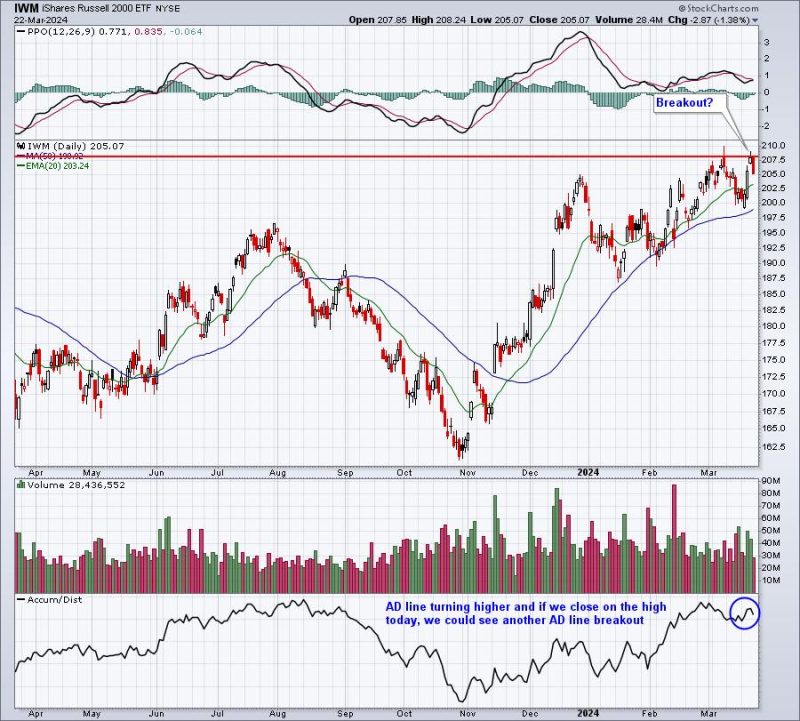Article:
The recent Federal Reserve announcement marked a paradigm shift in the dynamics of the U.S. financial markets, and its consequences may have profound implications on future decisions regarding financial management and investments. This piece aims to elucidate the central points brought to light by these changes, and how they impact the broader financial landscape.
In an effort to counter inflation and stabilize the economy, the Federal Reserve has fundamentally altered its approach to setting interest rates. They’ve announced a highly anticipated shift from a pre-emptive strategy that involved raising interest rates based on projected future inflation, to a reactive strategy that requires evidence of actual inflation before action is taken.
Firstly, an understanding of inflation is crucial to contextualize these changes. Inflation refers to the general upward price movement of goods and services in an economy. It erodes consumers’ purchasing power, making the cost of living more expensive. An ideal economic condition involves a balance – a manageable level of inflation that ensures growth, without overly elevated prices that burden consumers.
Previously, the Federal Reserve adopted an inflation target of 2% and acted accordingly when projections predicted inflation surpassing this target. However, the new policy involves adopting an average inflation target. This means they’ll be less triggered by short-term fluctuations, instead taking a more holistic, long-term approach. If inflation runs below 2% for a certain period, for example, they’ll allow it to run moderately above 2% for some time to compensate and average out.
This transition signifies a departure from acting on forecasts, to responding based on hard evidence of increased inflation rates. It marks a more patient and calculated approach, one that could lead to potentially lower interest rates over a longer time period.
The impact of this new approach is multifaceted. While consumers could benefit from potentially lower interest rates, savers may be disadvantaged, as the real returns on their savings decrease. This extends to retirees and those relying on interest income, whose financial stability may be threatened. In contrast, borrowers who are saddled with debts, especially those with floating rates, could immensely benefit.
Another significant change relates to the Federal Reserve’s stance towards unemployment. Historically, a low unemployment rate triggered fears of potential inflation, prompting the Fed to raise interest rates. Now, the Fed’s new framework is less likely to raise interest rates in response to low unemployment. Instead, it places more emphasis on shortfalls of employment from its maximum level.
For job seekers, workers, and most significantly, for segments of the population that have historically struggled to secure employment, this change could represent more inclusive and extended opportunities.
In terms of investments, these changes may stimulate more investments in riskier assets, as lower interest rates could deflate prospective returns on fixed income investments. This potential for increased investment risk-taking is an important consideration for investors.
In conclusion, the implications of the Fed’s announcement are profound and varied. It requires a restructuring of existing economic assumptions and strategies in light of these new parameters. The effects of this transformation in policy are yet to be fully seen and understood; warranting thoughtful consideration by investors, financial advisors, and economists alike.
